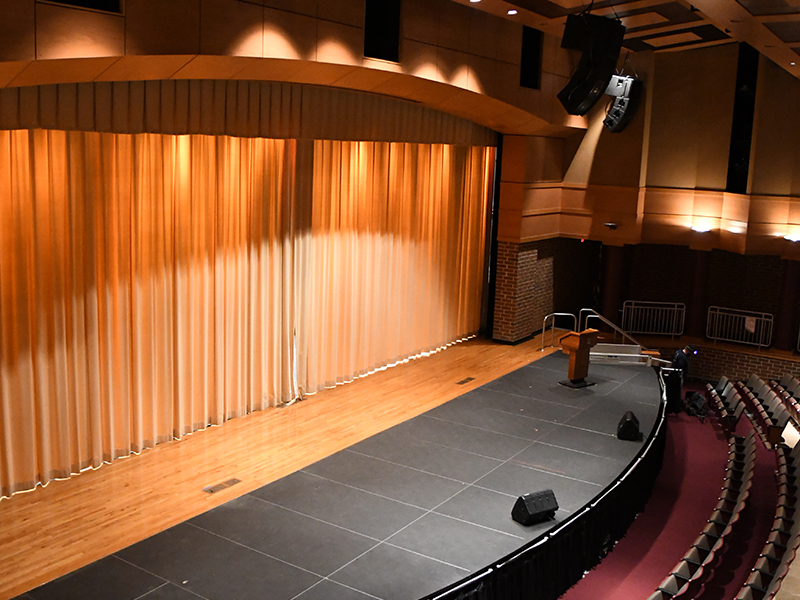Enhancing Sound Experience Via Strategic Audio Placement in Commercial Environments
Enhancing Sound Experience Via Strategic Audio Placement in Commercial Environments
Blog Article
Maximizing sound quality in commercial spaces is crucial for creating an inviting and effective environment. Whether in a restaurant, shopping store, or workspace, the way sound travels and is perceived can significantly affect client contentment and staff efficiency. Strategic audio positioning plays a crucial role in attaining optimal audio quality. By grasping the fundamentals of sound dynamics and taking into account the layout of the area, businesses can improve the complete auditory experience for all in attendance.
One of the first actions in effective speaker positioning is to evaluate the size and configuration of the commercial area. Different sections may have unique sound properties that influence how audio behaves. For instance, large, expansive spaces may require more speakers to guarantee uniform sound distribution, while smaller, confined areas might benefit from less audio units placed thoughtfully to prevent overwhelming the audience. Additionally, the materials used in the building of the area, such as partitions, floors, and roofs, can influence audio reflection and absorption. Comprehending these elements assists in determining the best locations for audio units.
Another crucial factor is the type of sound being played. Background music in a café, announcements in a shopping outlet, or displays in a meeting space all require different audio configurations. For instance, in a dining establishment, speakers should be placed to create a pleasant atmosphere without dominating dialogues. In contrast, in a shopping environment, audio units may need to be located to make sure that advertising announcements are clearly heard throughout the area. Tailoring the audio placement to the specific audio requirements of the setting can greatly improve the overall click resources experience.
The elevation and tilt of the audio units also play a significant role in sound distribution. Placing audio units at listening height can assist guarantee that audio arrives the audience effectively. Additionally, tilting audio units towards the middle of the space can help direct sound where it is required most. This is especially crucial in areas with high ceilings, where audio can easily disperse. By thoughtfully evaluating the elevation and angle of the speakers, businesses can create a more immersive acoustic experience that keeps clients interested and staff focused.
Finally, consistent assessment and modification of audio positioning are crucial for preserving ideal audio quality. As the layout of a commercial space changes, or as additional fixtures and items are introduced, the acoustic characteristics may change. Performing periodic evaluations can help detect any problems with audio distribution and enable for necessary adjustments. By prioritizing thoughtful speaker placement and ongoing evaluation, companies can ensure that their commercial spaces offer a inviting and pleasant acoustic environment for all.